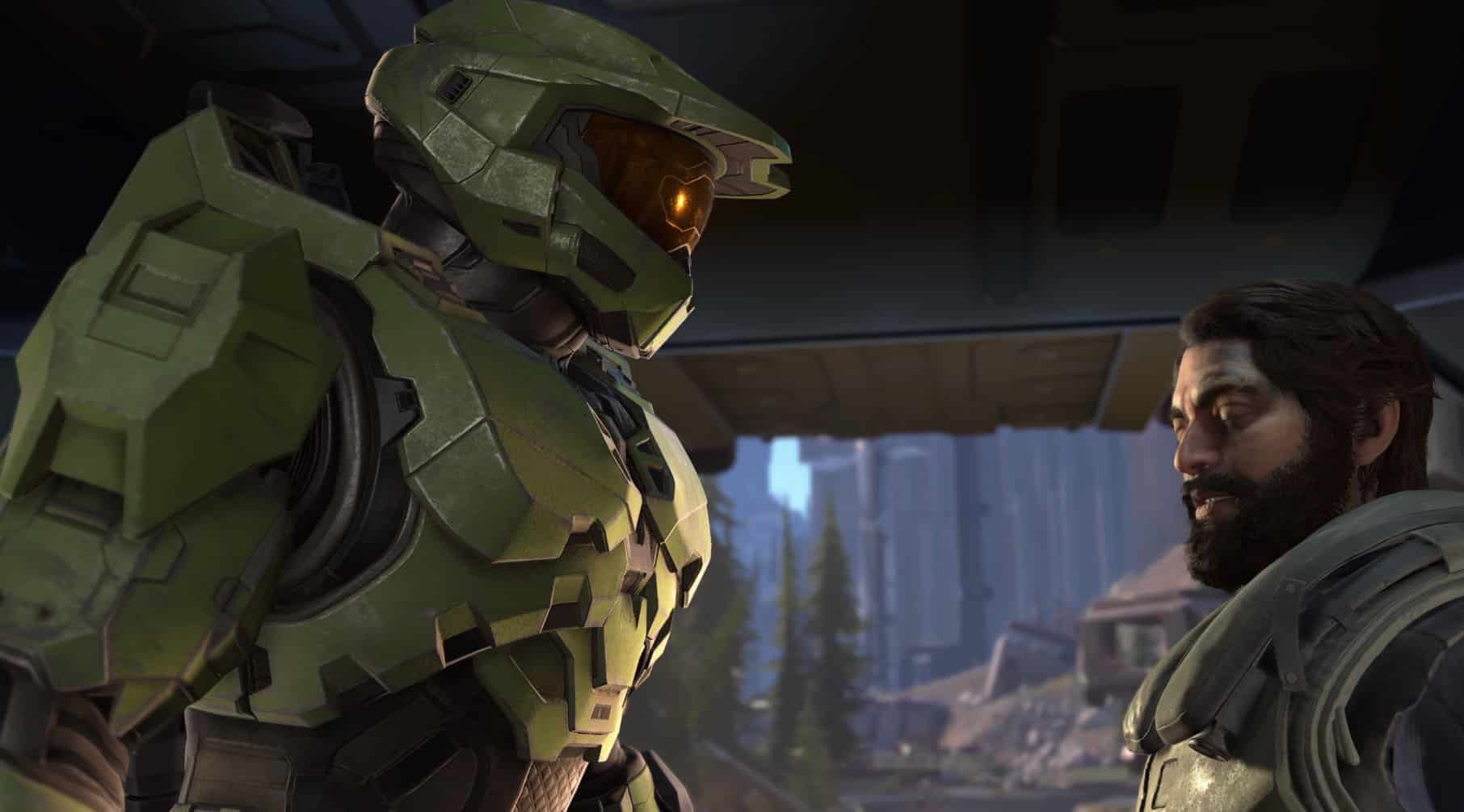

#Whats the new halo game called driver
You can board it, throw the driver off, and in most cases, automatically assume control of the vehicle, all in one quick action.Ĭertain vehicles can be driven in Multiplayer levels. With certain lighter-armored or not enclosed vehicles such as the Ghost, Warthog, Mongoose, and Banshee, the boarding procedure is simpler. Vehicles that have been stopped by sheer firepower by destroying or disabling them cannot be taken control of. This procedure may also be followed while in multiplayer gameplay to take control of UNSC or Covenant vehicles controlled by members of opposing teams. Climbing into its driver seat as usual, since the fallen driver's body would have fallen out of the vehicle.

Jumping down from the now disabled vehicle, which automatically grinds to a halt without its driver.Killing the driver by melee attacks (available with any player character) or more grenades.Cutting through its defenses by throwing frag grenades, sticking Anskum-pattern plasma grenades/spike grenades onto its armor plating or burning your way through with some fire bomb grenades.Boarding an enemy vehicle when near its rear or seating area.Although it is relatively easy to kill its driver from afar with careful sniping, the preferred approach is known as "boarding" and consists of: Since UNSC vehicles are rarely available within campaign levels, it is a common practice to kill the driver of Covenant vehicles to hijack them. Alternatively, the player may enter unoccupied mounted turrets. UNSC and Covenant vehicles are made available in Campaign levels (depending on which side the player character is on, UNSC/Covenant), when the player needs to infiltrate or cut through enemy-held territory.Įither kept unused, waiting for a driver or allowing the player's character ( Master Chief, The Arbiter, The Elites, or the ODSTs.) to switch with a friendly unit, the player may enter it without meeting any resistance and take control of it. The driver can also take damage when colliding with other objects, depending on the vehicle. Starting from Halo 3, vehicles take collision damage when hitting other objects based on their mass and speed and can destroy one another by ramming. For example, in Halo: Combat Evolved, a small prod or touch by a vehicle will instantly kill any infantry, including Hunters, whereas starting from Halo 2 the vehicle's speed and mass factor in on the amount of splatter damage. The gameplay mechanics involving vehicles have undergone several changes throughout the Halo games. In Halo: CE, only the Ghost and Banshee can be destroyed. UNSC vehicles are usually named after animals (such as the Warthog or Pelican), while Covenant vehicles are mostly named after supernatural beings (such as the Ghost or Phantom) except for large land units being named after insects (such as the Scarab or Locust).

Spacecraft and aircraft can be seen in cutscenes, though the player usually cannot control or affect them. Almost every playable Covenant vehicle has the capability to overcome gravity to some degree and hover or even fly around. Playable human vehicles are typically grounded and unable to fly.

The player is allowed to use vehicles from either of the two primary factions, UNSC or Covenant, often turning the Covenant's usually superior firepower against itself. When the player has control of weaponry while being driven around in a vehicle, either hand-held weapons (usable while in passenger seats) or mounted weapons (usable while in turret seats), a stylized aiming reticle is displayed much like when in first-person view, locked to the center of the screen and replacing the typical arrow cursor. This improves peripheral vision, and the bird's eye view makes it easier to drive around, with nearby terrain easily fitting into view. When the player enters a vehicle by climbing into driving, weapons, or passenger seats, the camera switches from a first-person to a third-person view. The weapons usually have unlimited ammunition available, whether they are human (ballistic-based) or Covenant (plasma-based). Some vehicles allow one to do both simultaneously. In gameplay, only a small number of very unique vehicles are controllable and usually operate similarly, allowing driving (navigation) or control of mounted weaponry (attack).


 0 kommentar(er)
0 kommentar(er)
